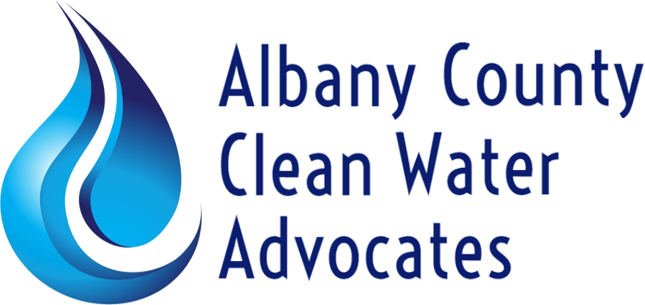Groundwater Contamination

What is groundwater contamination?
While rocks and soil do provide some filtering action, they don’t filter everything. Toxic materials, or contaminants, can still travel into the groundwater. Contaminants can enter in aquifer the same way that water enters it. For example, if oil spills onto the ground, it can soak in and end up in the water we drink. So can other chemicals and things that can harm people and animals.
In fact, groundwater contamination is a serious problem faced by cities throughout the United States. Laramie’s groundwater is particularly vulnerable to contamination because of the high permeability of the surface soils, because the Casper Formation is fractured and faulted, and because Interstate-80 cuts through the entire thickness of the Casper Formation.
Some people are tempted to think that aquifers can be “naturally protected” by clay layers in the earth. Unfortunately, this isn’t quite true, either. Water will gradually but continually make its way around the edges of any clay layers it encounters, or through any cracks, carrying contaminants into the groundwater below.
Groundwater contamination is a particularly troublesome form of pollution. For one thing, many toxic water pollutants cannot be seen, smelled, or tasted, so you may not even be able to tell if they’re in a glass of water you are about to drink. Complicated and expensive laboratory tests are often required to identify them.
In addition, contaminants often remain in groundwater for a very long time and can be extremely costly to remove. Because of groundwater’s slow rate of movement, and limited biochemical activity, contaminants are likely to remain in the groundwater for hundreds of years. Expensive drilling and sampling techniques are required to find out which contaminants are present and how far they’ve spread. Alternative water supplies must be provided while the contamination is cleaned up. And the process of cleaning a polluted groundwater site can cost millions of dollars and take dozens of years. Even then it’s not always successful. Some polluted aquifers may never be completely restored.
We threaten groundwater quality in our individual lives by exposing the groundwater to substances such as pesticides, fertilizers, gasoline, motor oil, household cleaners, paints, and leaky septic systems. It takes only a very small quantity of some of these contaminants to degrade all of the water in an aquifer. Only one quart of oil, for example, can contaminate up to a quarter of a million gallons of drinking water.
